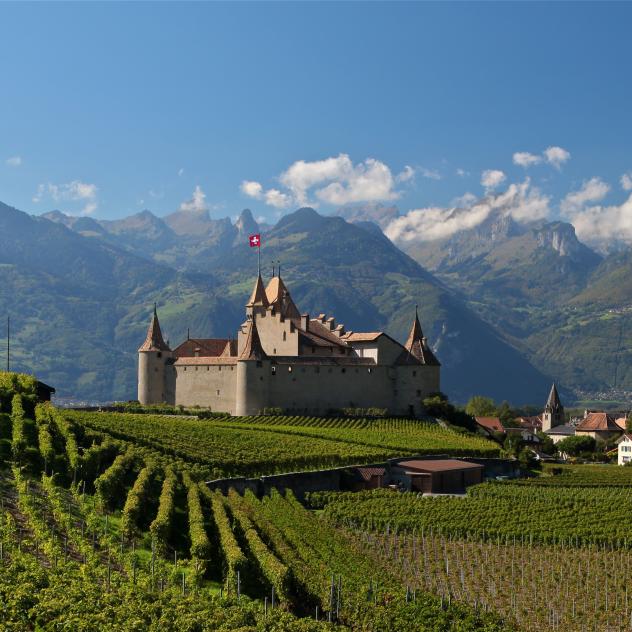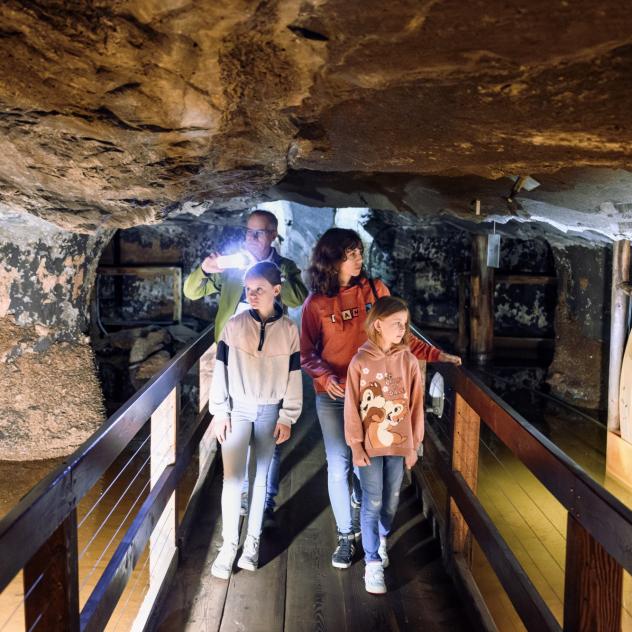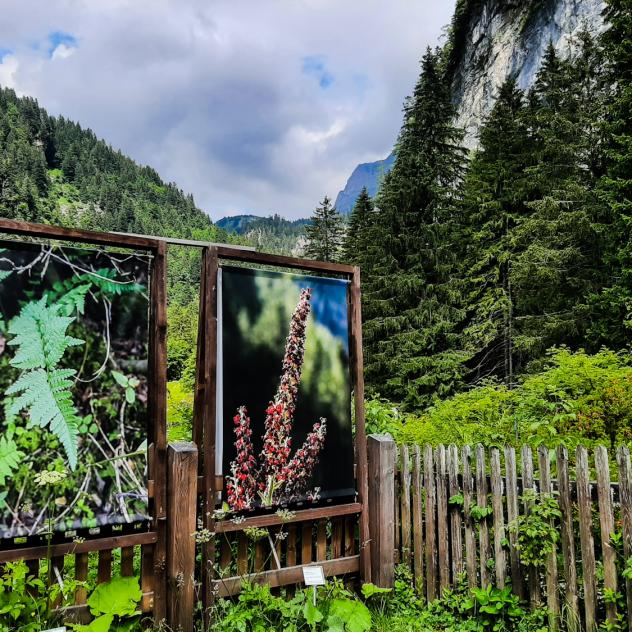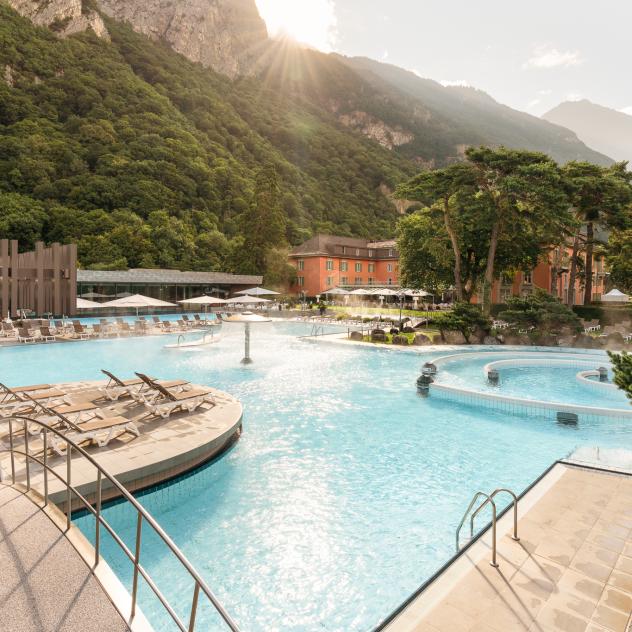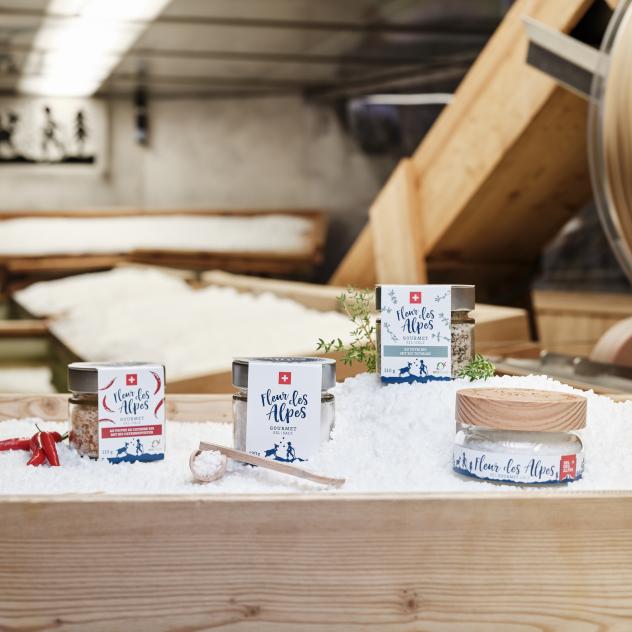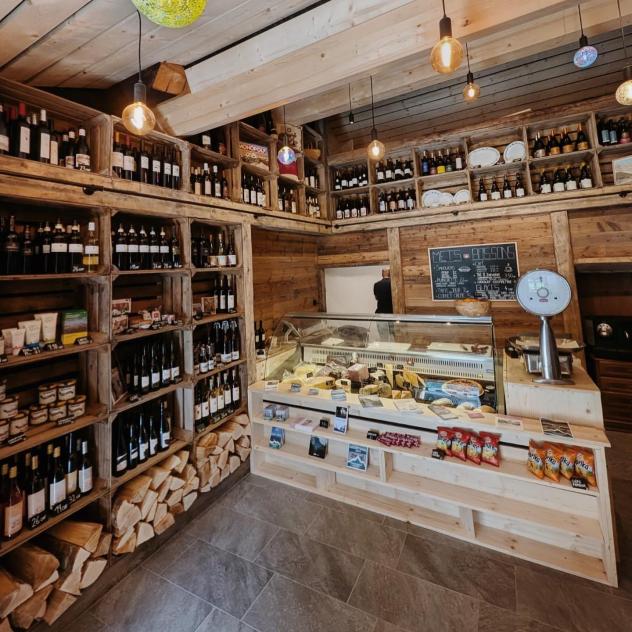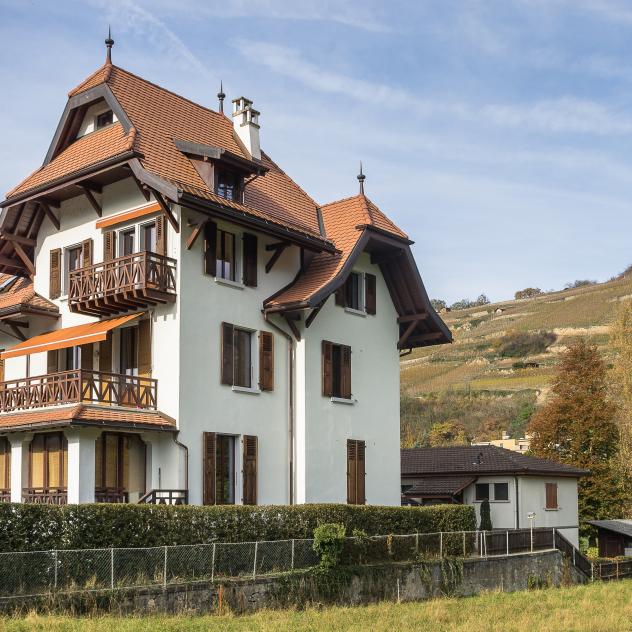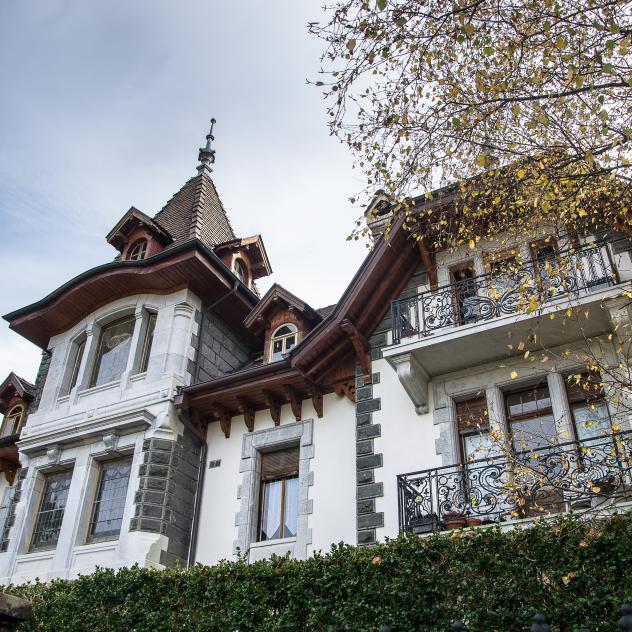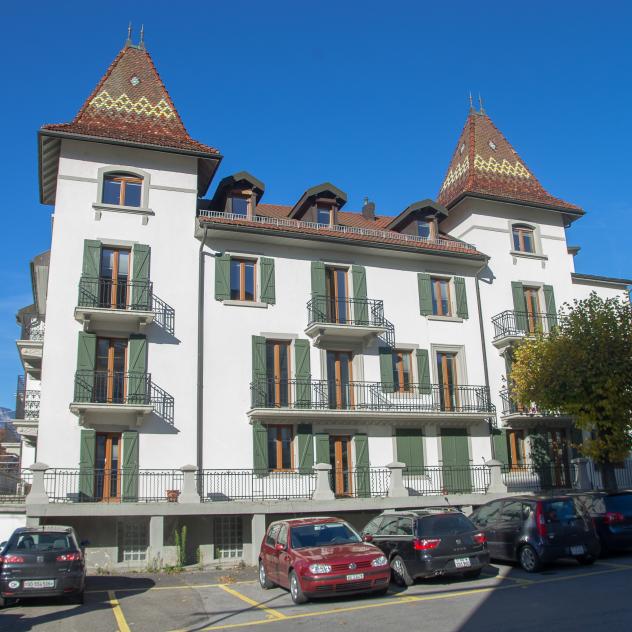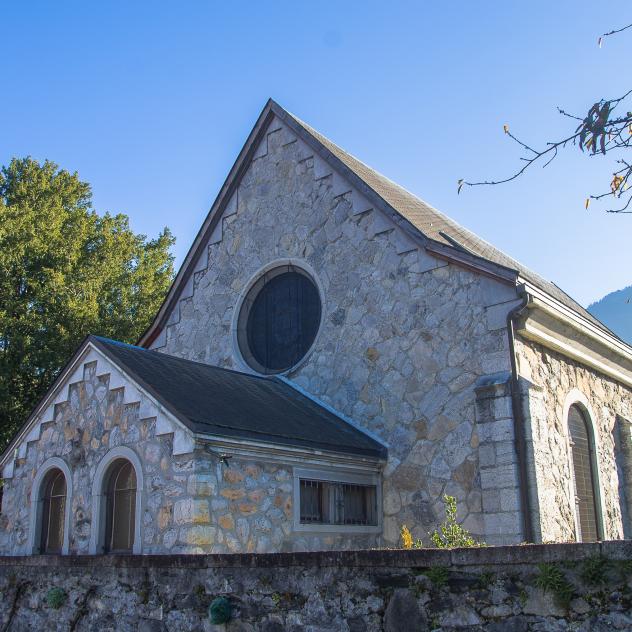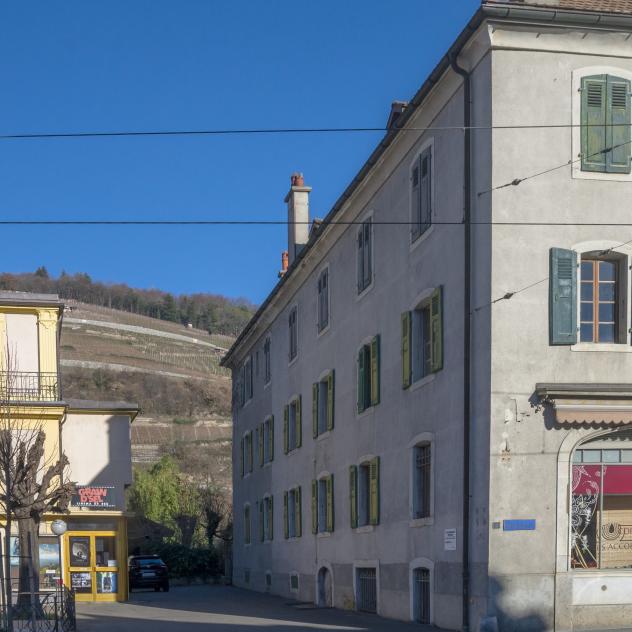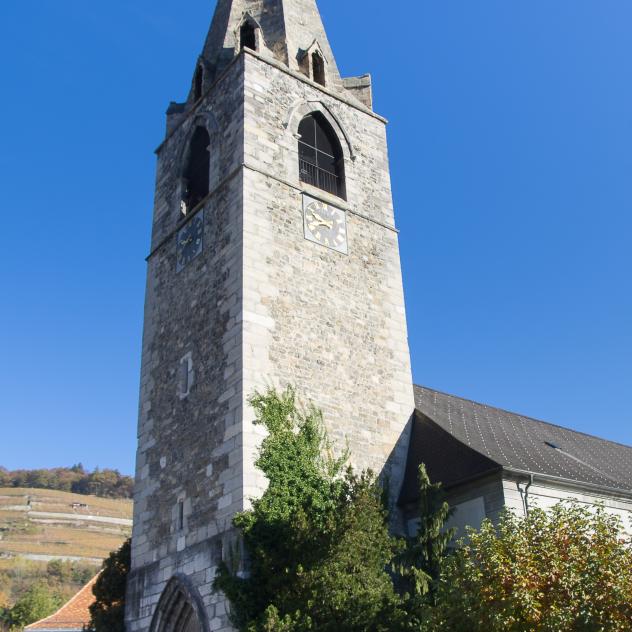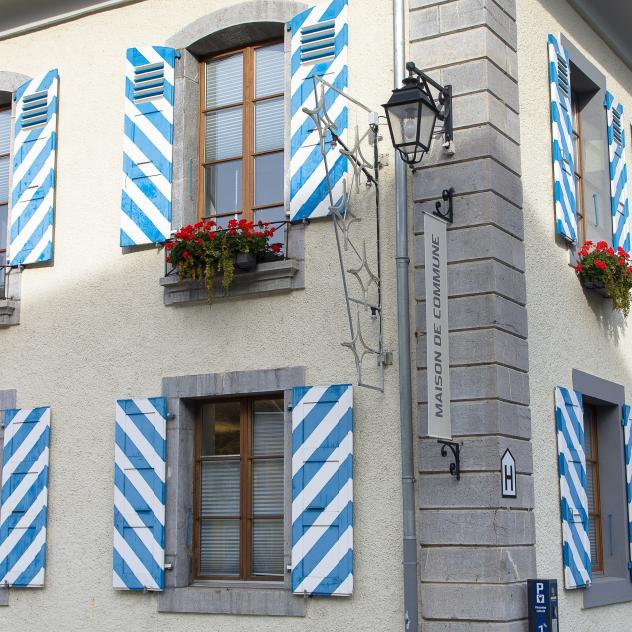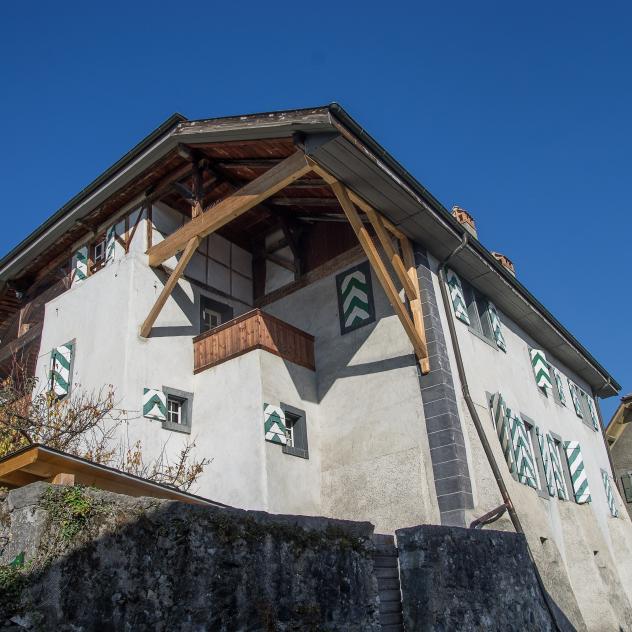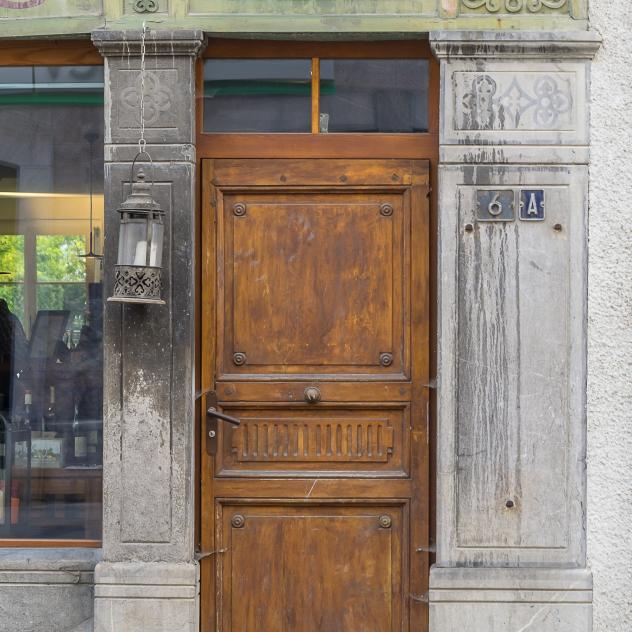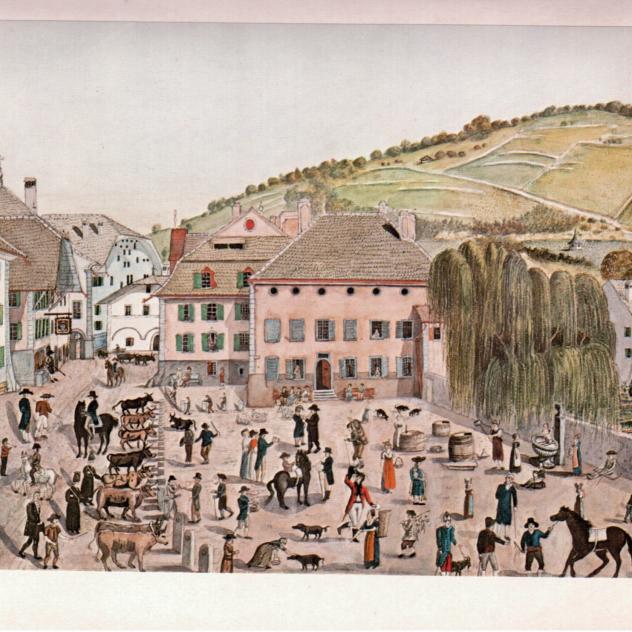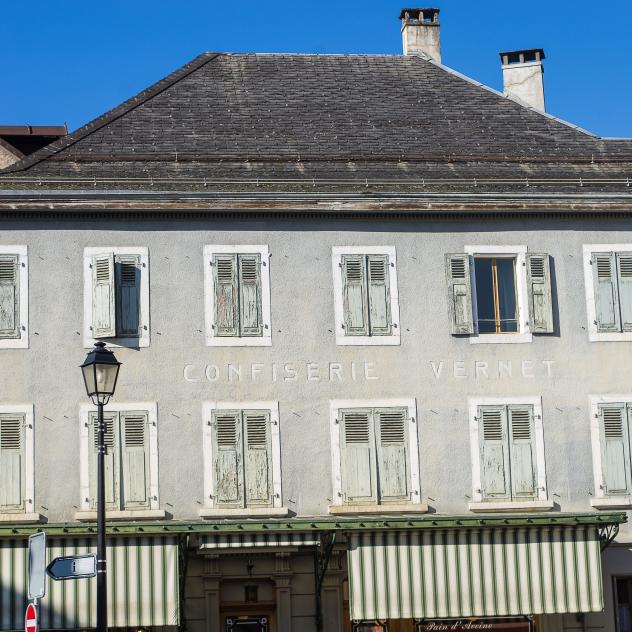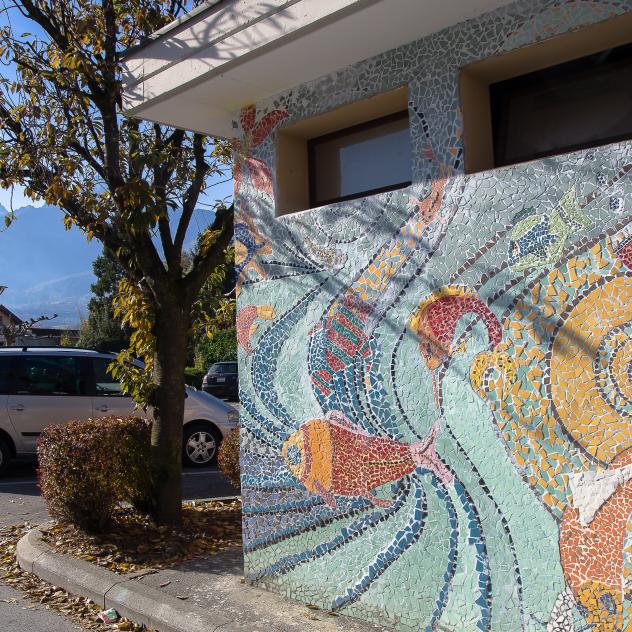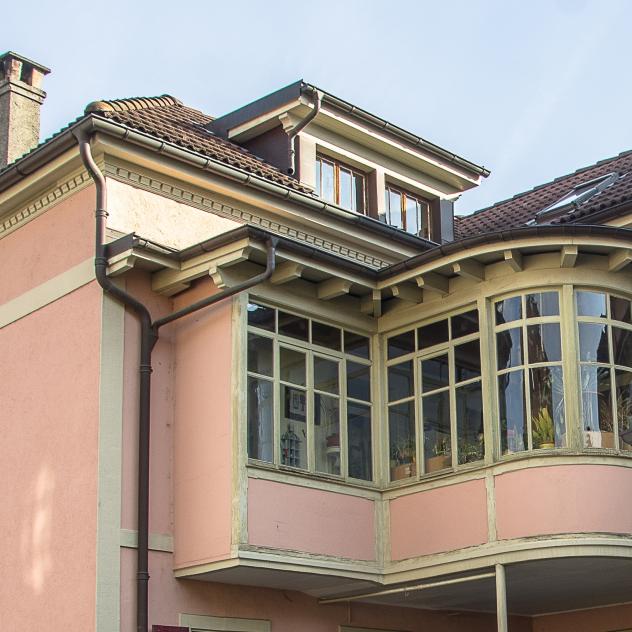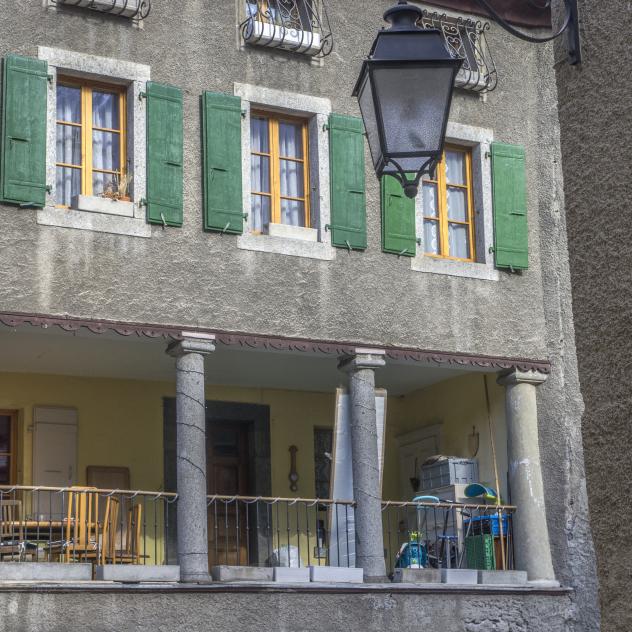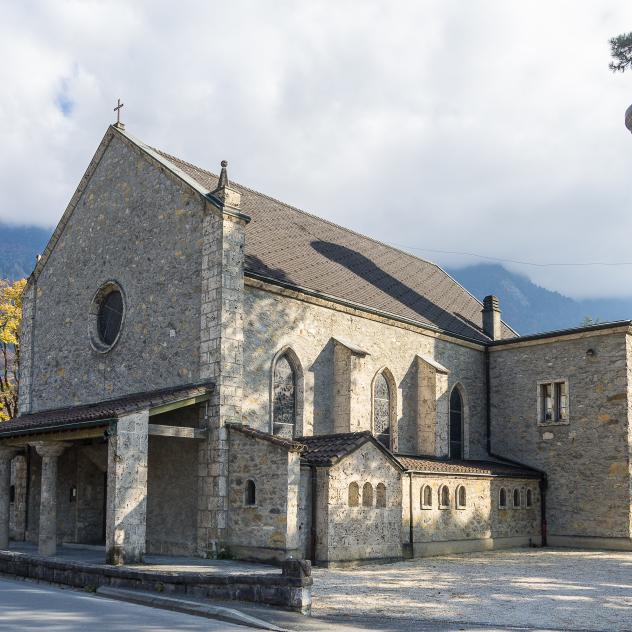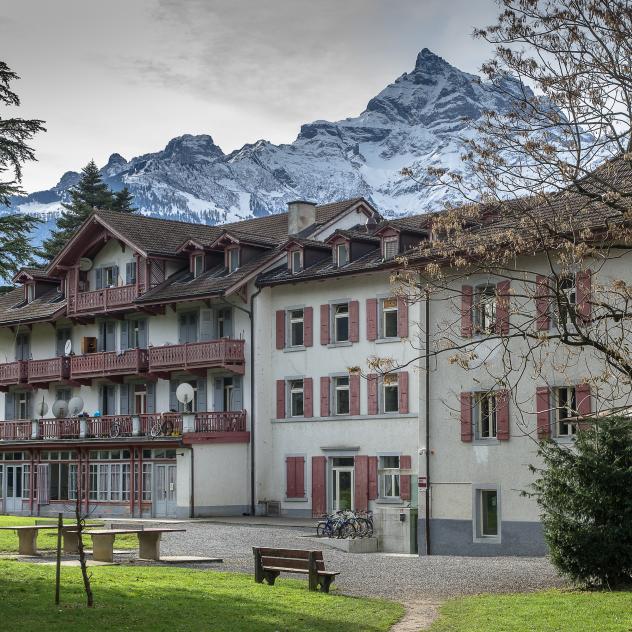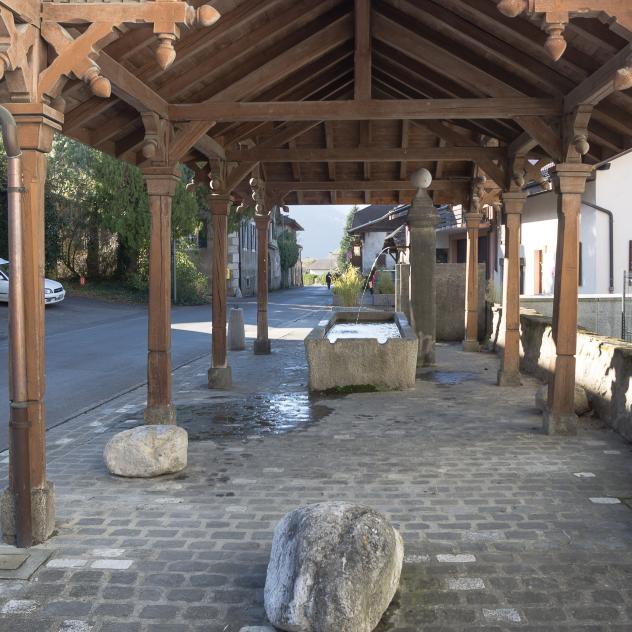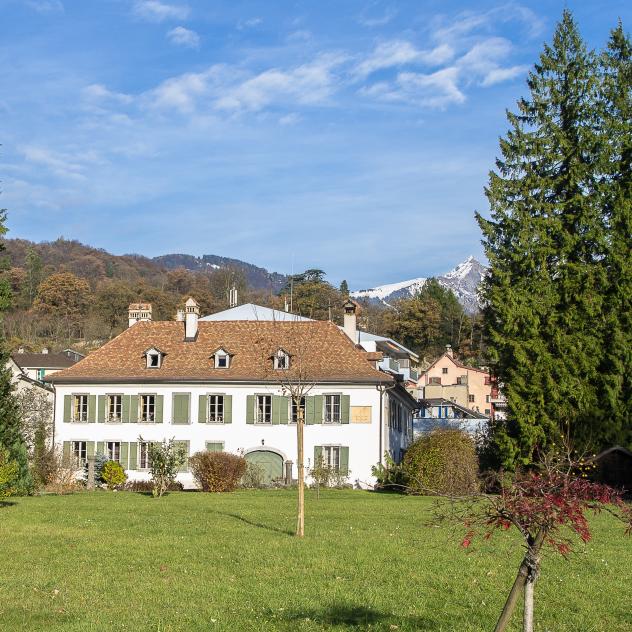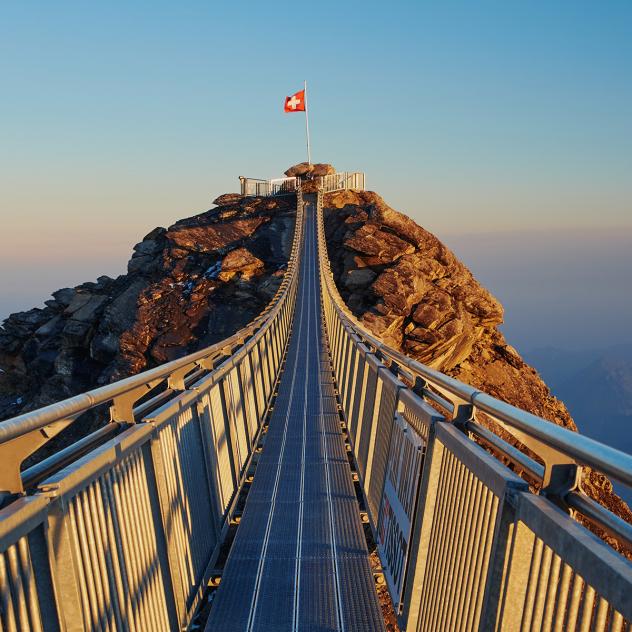
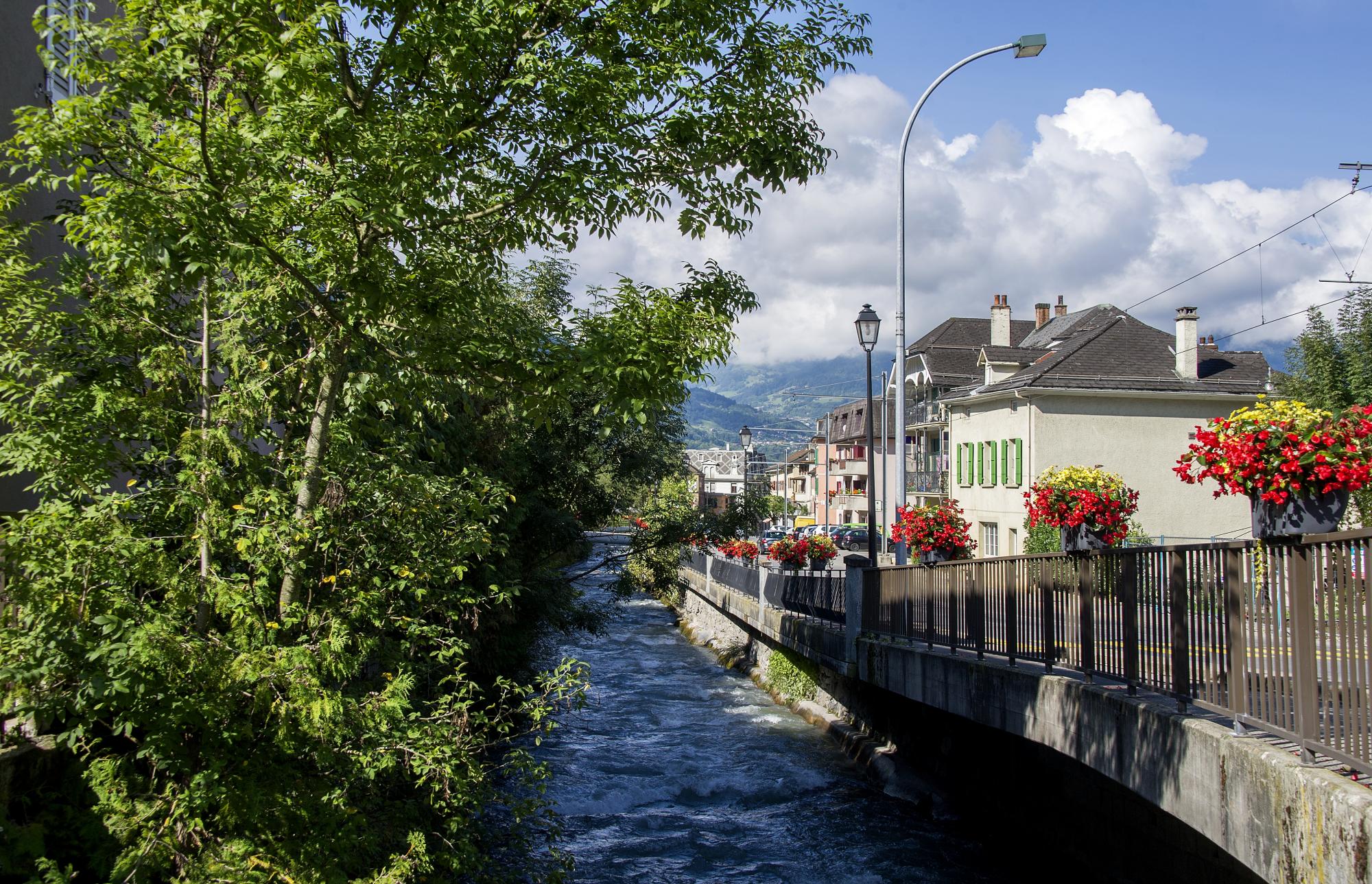
arrow_backBack
Type of route
Strolls in the village of Bex
landscape Easy
route 3.06 kilometers
schedule 45 min
trending_up 60 metres
trending_down 45 metres
A 45-minute walk through Bex discovering the history of this village and its captivating stories
Difficulty
nearbynearbynearbynearbynearby
Best season
Highest point
arrow_upward432 metres
Lowest point
arrow_downward410 metres
Route Information
Start - Strolls in the village of Bex

Arrival - Strolls in the village of Bex




















Description
Walking up the Avenue de la Gare, the keen-eyed walker will notice a multitude of buildings from the beginning of the 20th century with very different aspects. Houses of Art Nouveau, Heimatstil and cottage style stand side by side, bringing variety and diversity to the urban fabric, making it a u...
Practical information
The printed brochure is available in the tourist offices of Bex, Villars and Gryon.
Along the route
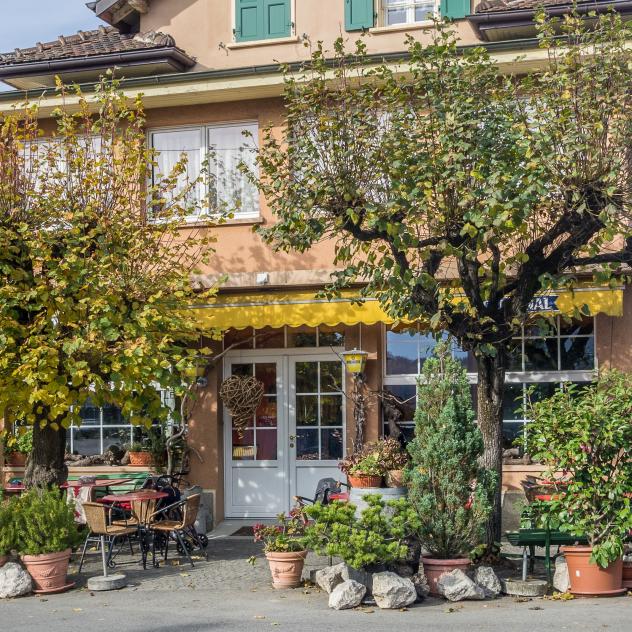
Le café de la Gare in Bex
This café has a special feature: its walls are decorated with small watercolours by a Bellerin painter, Aimé-Félix Nicollerat (1876-1946).
Useful information and contact
Getting to Bex
Car parks and transport
Brochures and maps
Practical information
- location_on
Office du Tourisme de Bex
Avenue de la Gare 68
1880 Bex
- phone_in_talk
+41 24 463 30 80
- mail
info@bex-tourisme.ch
Facebook
Instagram

